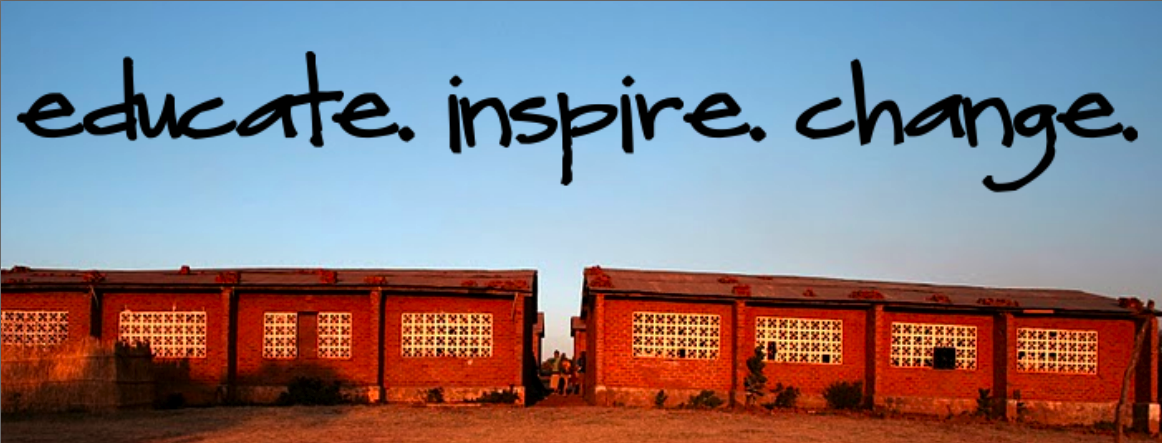 The
Millennium Development Goals are a list of eight goals set by the
United Nations in 2000 as a sort of “report card” for individual
countries and the world as a whole to monitor their progress on in key
development areas in the first 15 years of the century. The eight goals
served as a pledge by the U.N. to, “uphold the principles of human
dignity, equality and equity, and free the world from extreme poverty.” (UN) These
goals had yearly reports to assess progress with the ultimate goals to
be achieved by 2015. With the end of the MDGs coming this year, the
international community is working hard to develop a new and improved
set of goals to replace them; these goals have been named the
Sustainable Development Goals.
The
Millennium Development Goals are a list of eight goals set by the
United Nations in 2000 as a sort of “report card” for individual
countries and the world as a whole to monitor their progress on in key
development areas in the first 15 years of the century. The eight goals
served as a pledge by the U.N. to, “uphold the principles of human
dignity, equality and equity, and free the world from extreme poverty.” (UN) These
goals had yearly reports to assess progress with the ultimate goals to
be achieved by 2015. With the end of the MDGs coming this year, the
international community is working hard to develop a new and improved
set of goals to replace them; these goals have been named the
Sustainable Development Goals.Through the Millennium Development Goals the U.N. and international community have been able to: reduce extreme poverty by half, improve access to drinking water sources for 2.3 billion people, reduce disparities in primary school enrollment between boys and girls, increase the number of women participating in politics, and nearly halve the child mortality rate globally, as well as improve global health and quality of life in a number of other areas. (UN) It appears that the model of setting a few clearly stated international goals and providing yearly assessment of the progress towards these goals has helped the world to focus its intentions and achieve some major improvements. One of the major pitfalls if the MDGs, however, is that they largely focus on low- and middle-income countries (LMIC) with little focus on improvements in high-income countries. Many parties felt little was asked of high-income countries beyond the onus of funding.
 This is why, in 2012, when the Sustainable Development Goals (SDGs)
were suggested at the Rio+20 summit the group focused on improving
life for all people and therefore knew more goals would have
to involve commitments from high-income countries. “In a world already
undergoing dangerous climate change and other serious environmental
ills, there is also widespread understanding that worldwide
environmental objectives need a higher profile alongside the
poverty-reduction objectives.” (The Lancet) The
SDGs therefore, aim to reduce poverty and improve healthcare worldwide
though promoting sustainable development. Though the list had not yet
been finalized or accepted by the U.N. the current list of goals can be found here. Currently, it has 17 goals with 169 targets.
This is why, in 2012, when the Sustainable Development Goals (SDGs)
were suggested at the Rio+20 summit the group focused on improving
life for all people and therefore knew more goals would have
to involve commitments from high-income countries. “In a world already
undergoing dangerous climate change and other serious environmental
ills, there is also widespread understanding that worldwide
environmental objectives need a higher profile alongside the
poverty-reduction objectives.” (The Lancet) The
SDGs therefore, aim to reduce poverty and improve healthcare worldwide
though promoting sustainable development. Though the list had not yet
been finalized or accepted by the U.N. the current list of goals can be found here. Currently, it has 17 goals with 169 targets.The SDGs aim to take all the best elements of the eight MDGs, yearly reports, concise goals (some of which are the same) and international support and combine that with more global incentives like the reduction of desertification and the conservation of the oceans. Some of the SDGs focus on developed areas, such as Goal 11 which pushes for safe, sustainable cities (http://www.theguardian.com/global-development/2015/jan/19/sustainable-development-goals-united-nations). This shift of the focus to include cities and established systems should help to involve high-income countries and improve life there alongside life in LMIC. In an attempt to represent the priorities of people all over the world the U.N. has created a website, My World, where you can vote for which six SDGs you would prioritize. The SDGs are expected to be finalized this year at the UN New York Summit in September and become applicable from January 2016 - December 2030, so get voting!
This post was written by Zoey Ponder and Emily Stallings

No comments:
Post a Comment